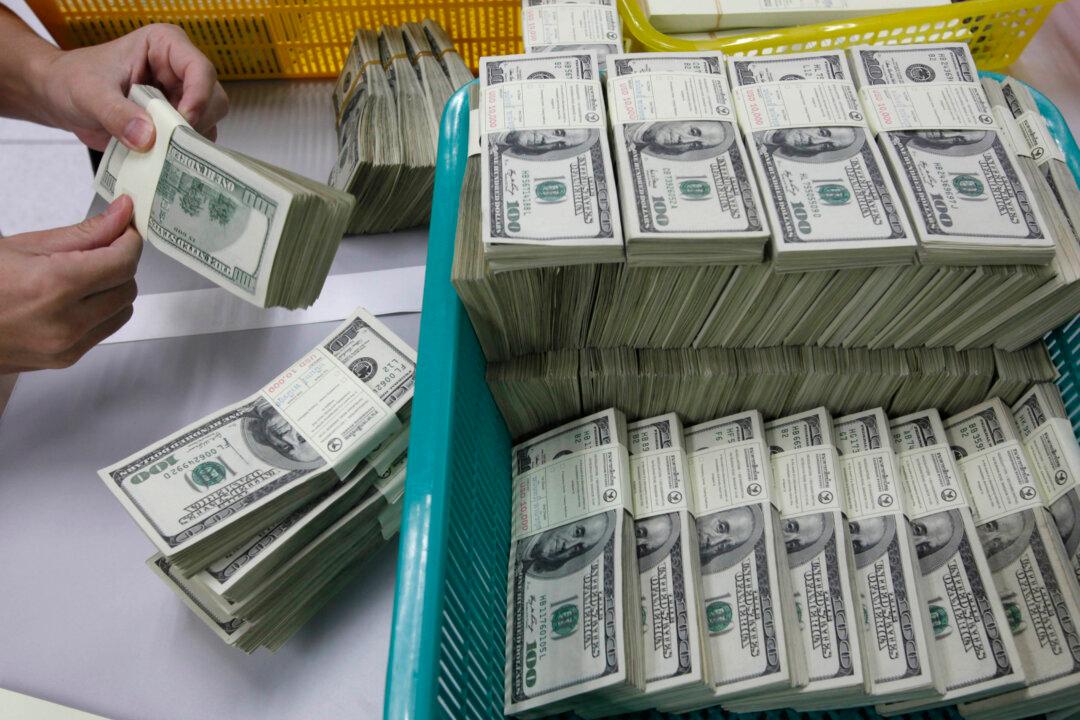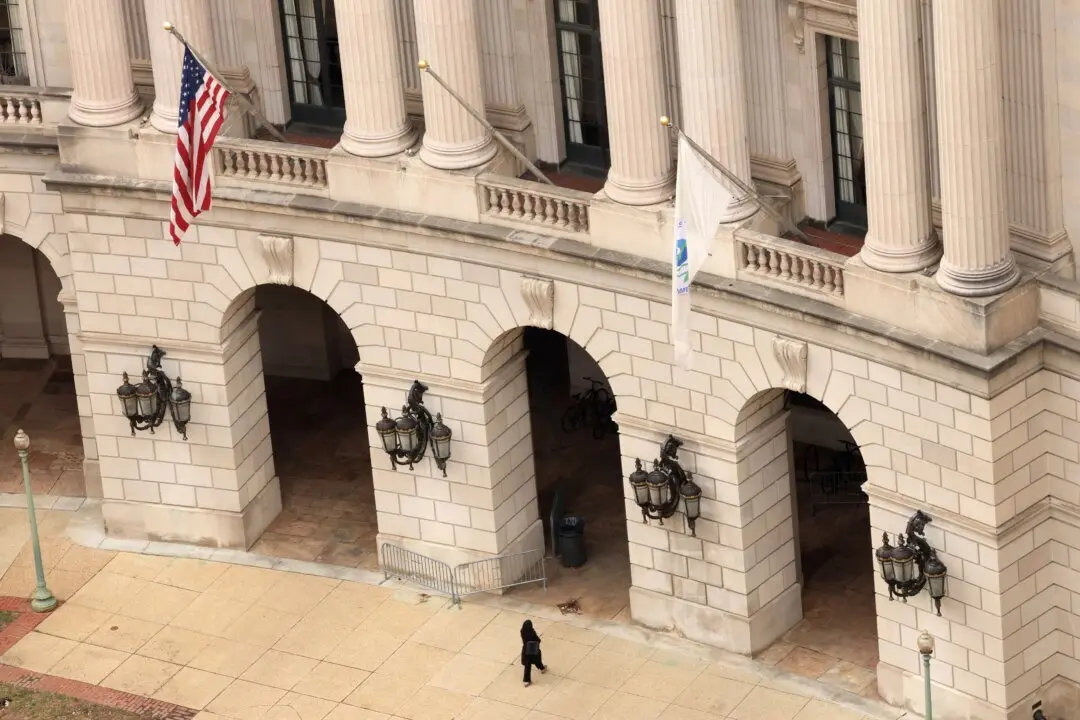SINGAPORE—The dollar firmed on Friday after two days of declines but was still on track for its fifth straight weekly gain as investors scaled back expectations for Federal Reserve rate cuts, while the yen was anchored around the key 150 per dollar level.
The dollar had come under pressure after mixed U.S. data, with retail sales falling more than expected in January, while a separate report underscored labour market tightness.





